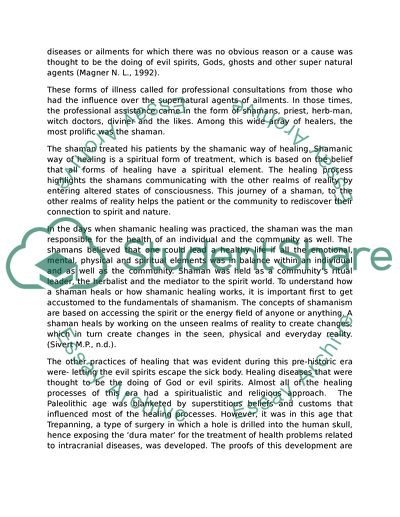Cite this document
(The Historical Journey of Medicine Observations Research Paper, n.d.)
The Historical Journey of Medicine Observations Research Paper. Retrieved from https://studentshare.org/health-sciences-medicine/1721022-history-of-medicine
The Historical Journey of Medicine Observations Research Paper. Retrieved from https://studentshare.org/health-sciences-medicine/1721022-history-of-medicine
(The Historical Journey of Medicine Observations Research Paper)
The Historical Journey of Medicine Observations Research Paper. https://studentshare.org/health-sciences-medicine/1721022-history-of-medicine.
The Historical Journey of Medicine Observations Research Paper. https://studentshare.org/health-sciences-medicine/1721022-history-of-medicine.
“The Historical Journey of Medicine Observations Research Paper”, n.d. https://studentshare.org/health-sciences-medicine/1721022-history-of-medicine.


